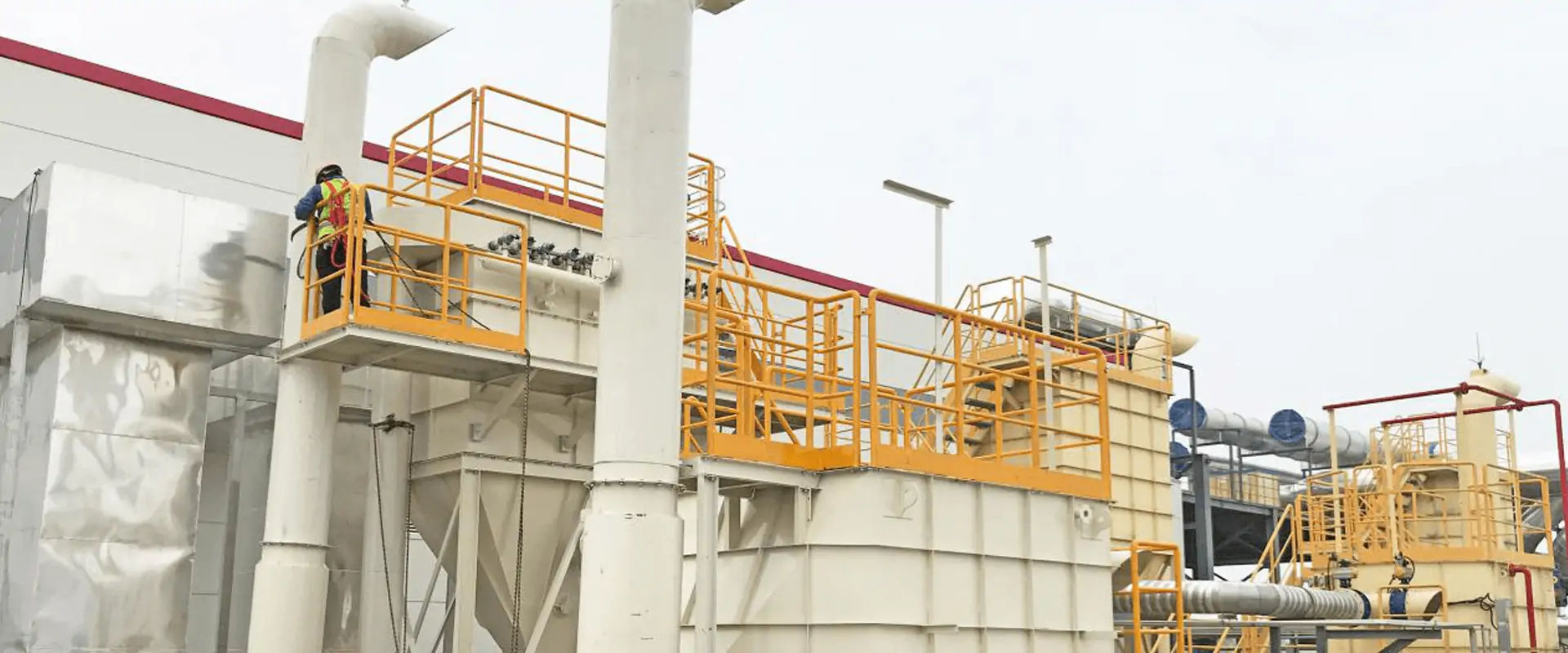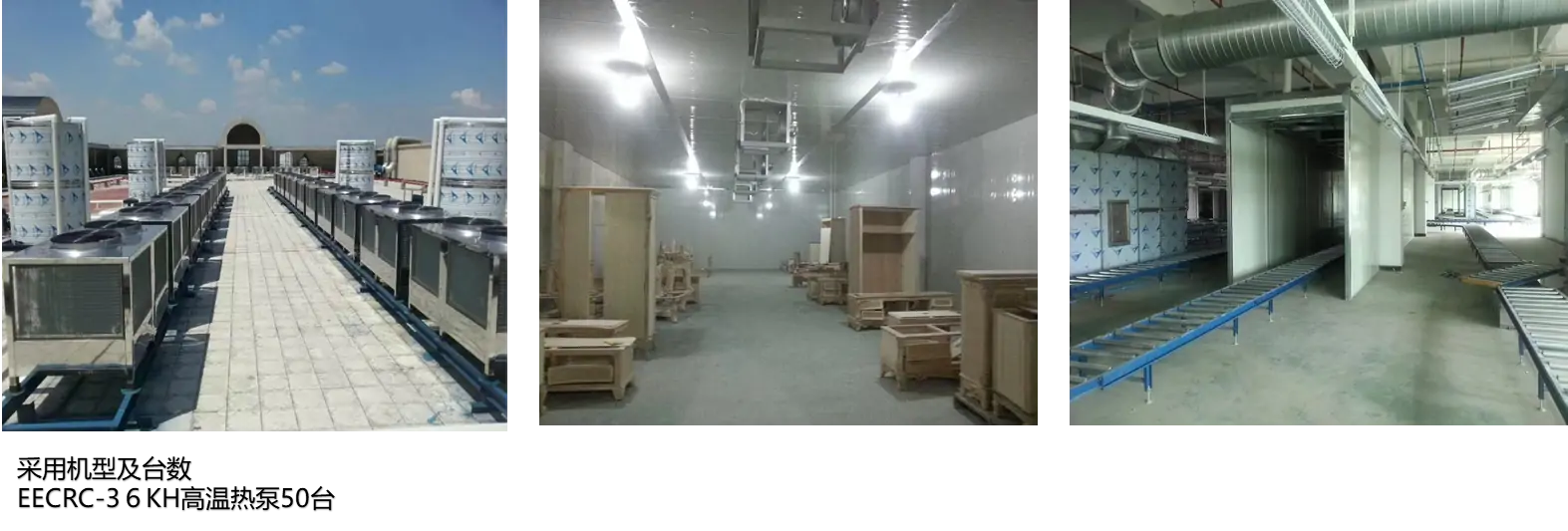Industrail Dust treatment Solution systems
Industrial Dust Treatment Solution Systems are designed for industrial facilities. They include cyclones, baghouses, electrostatic precipitators for dust collection, and ventilation systems. Cyclones use centrifugal force. Baghouses have fabric filter bags. Electrostatic precipitators rely on electric charge. These systems maintain a clean and safe environment, meet regulations, protect equipment, and reduce particulate matter release.













